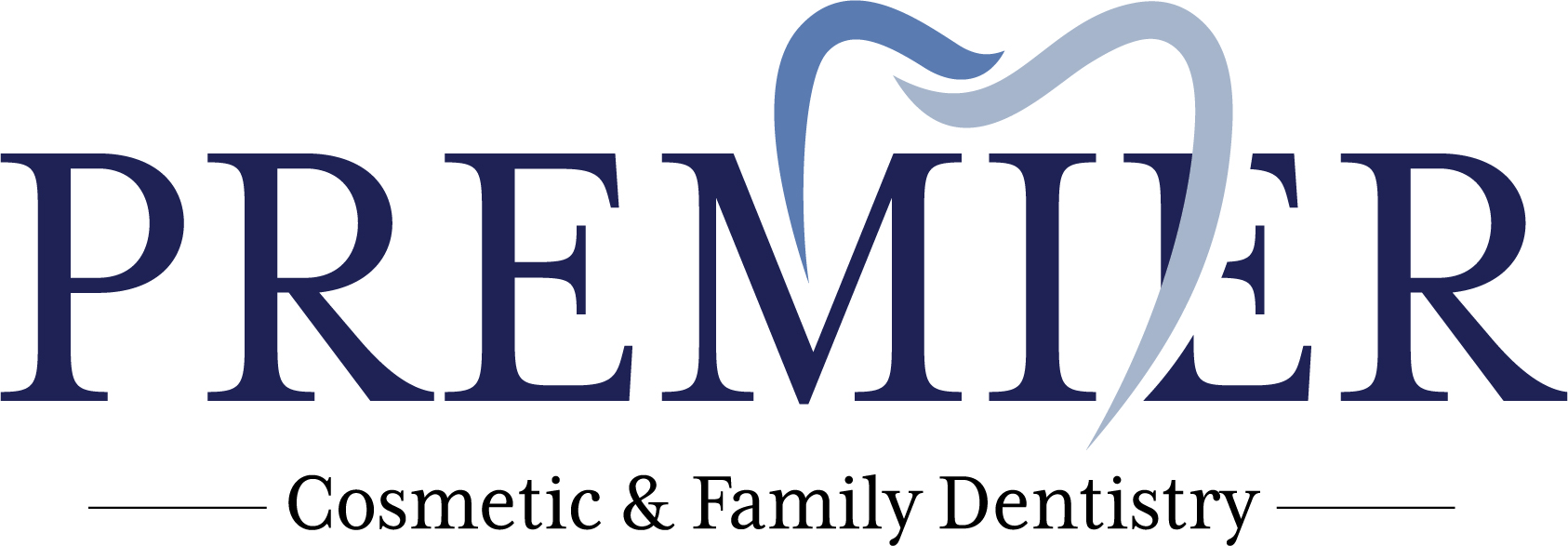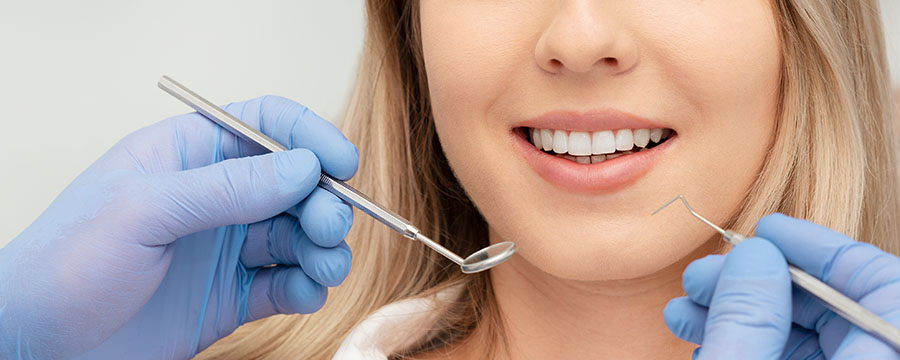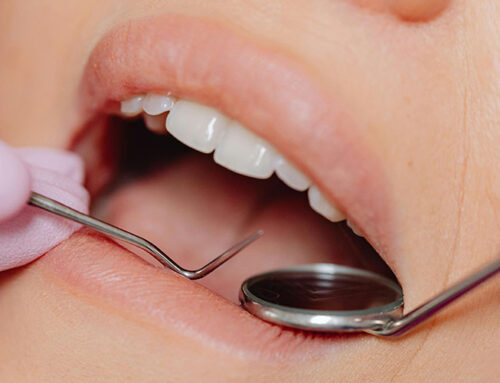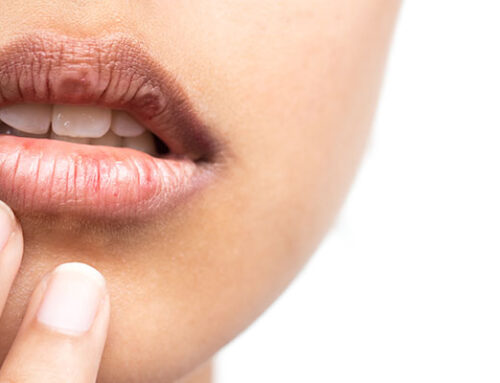Routine oral cancer screenings are the most effective way to identify potential concerns at an early stage. This check-up performed by your dentist looks for any signs of cancer in your mouth.
Oral cancer includes all parts in and around the mouth, including the neck, jaw, and throat. Early detection is essential, especially for those at high risk of developing this type of cancer. It also plays a vital role in the success rate of your treatment options.
What Does an Oral Cancer Screening Include?
Incorporating oral cancer screenings into your regular dental routine is a simple yet vital step in maintaining your overall health. During the exam, your dentist will check for any indicators of cancerous cells or abnormalities in your mouth. This visual exam is non-invasive and quick. Your dentist will use a light and mirror, as well as a tongue depressor, so they can see inside your mouth and look for any potential indicators of cancer. They’ll also feel along your jaw and neck for nodules or masses.
During an oral cancer screening, they will examine the following areas inside your mouth:
- Lips
- Gums
- Tongue
- Cheek Lining
- The floor and roof of your mouth
- Tonsils
How Often Do You Need an Oral Cancer Screening?
Though this screening is usually part of your annual dental cleaning, it’s still important to get a screening if you haven’t had one in a while. If you’re over 40, it’s recommended to undergo annual screenings. If left undiagnosed, the cancer can potentially spread to other areas of your mouth and throat. You’ll be referred to an oncologist for further testing and treatment if a doctor finds anything. Catching the signs early means any course of treatment has a higher chance of success.
Risk Factors and Symptoms of Oral Cancer
Oral cancer affects about 3% of the population, so it’s important to know what signs to look out for. During your check-up, be sure to let your doctor know if you experience any of the following symptoms in your mouth:
- Sore or ulcer that doesn’t heal
- Change in texture in the soft tissue
- White or red patch of tissue
- Unexplained bleeding or numbness
- Your teeth feel loose
- Frequent feeling of something is caught in your throat
- A lump in your lips, gums, or neck
- Persistent sore throat
- Neck or jaw swelling
- Difficulty chewing or swallowing
Certain factors may increase your risk of developing oral cancer. Those include:
- Using tobacco or alcohol
- Not using sunscreen on your lips
- Being positive for HPV (human papillomavirus)
- A history of oral cancer
Maintaining Your Oral Health & Preventing Cancer
Avoiding common risk factors is only one way to protect yourself against oral cancer. Other prevention methods include practicing good oral hygiene, such as brushing your teeth and flossing regularly, and applying sun protection to your lips and face.
Now that you know the signs, being vigilant of any changes in your mouth and letting your doctor know of any symptoms you’re experiencing is part of your responsibility in maintaining your oral health. Most importantly, keeping up to date with your dental appointments and oral cancer screenings is the best way to prevent and catch any potential cancer signs before they spread.
Schedule Your Oral Cancer Screening at Premiere Cosmetics and Family Dentistry
Though oral cancer is highly treatable, catching it early significantly impacts the outcome. Understanding your risks and what you can do to reduce your chances of developing oral cancer is just as important. Getting screened for oral cancer should be part of maintaining your health and well-being.
If you’re due for your regular check-up or think you would benefit from an oral cancer screening, trust the dental professionals at Premiere Cosmetic and Family Dentistry.






